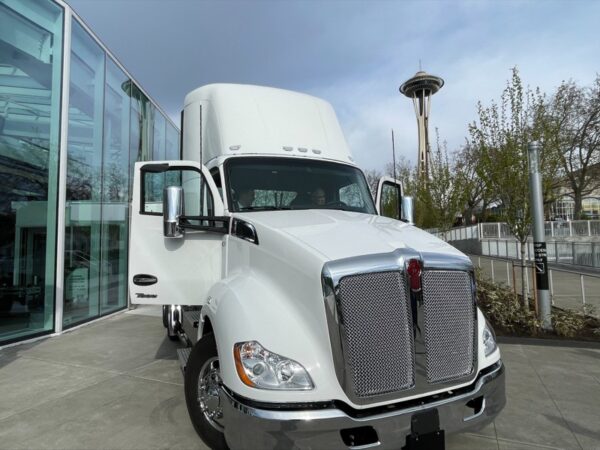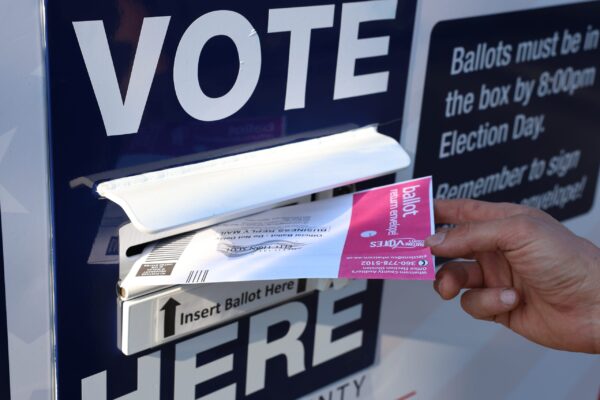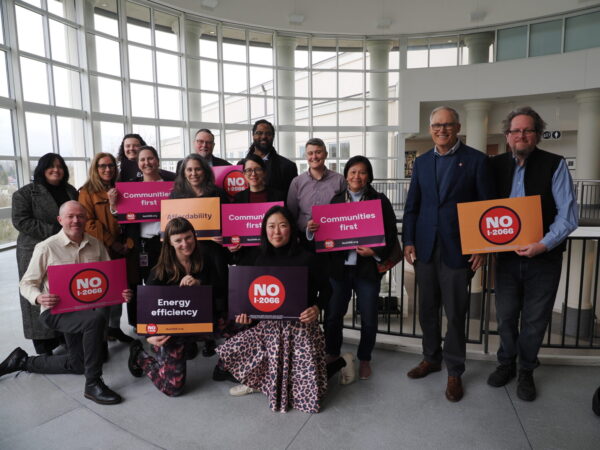When I talk with friends who aren’t familiar with the ins and outs of climate change, I use examples and stories to make it personal and relatable. Some of my friends are parents, so I highlight that reducing air pollution dramatically improves lung health for kids. And lots of my friends love seafood and some even work in the industry, so I mention that unless we cut the emissions that cause ocean acidification, salmon, crabs, clams, and other such tasty creatures will continue to struggle and their populations (and our economies that depend on them) may disappear.
Here are a few tips on how to talk about climate change in your conversations – and remember, personalize and simplify!
- Find common ground and start the conversation around the values that you share, such as clean air.
- Choose plain language, such as “more and more pollution,” instead of technical jargon like “parts per million.”
- Use Washington-centric examples of the impacts of climate change, such as bigger forest fires – like the 2014 forest fire in Eastern Washington, the biggest in Washington state’s recorded history, unpredictable flooding, and ocean acidification that’s hurting shellfish growers.
- Mention that we already have solutions for cutting pollution and creating more jobs with the clean energy economy.
- Less is more: stick with simple, clear messages and don’t confuse people with too many facts.



